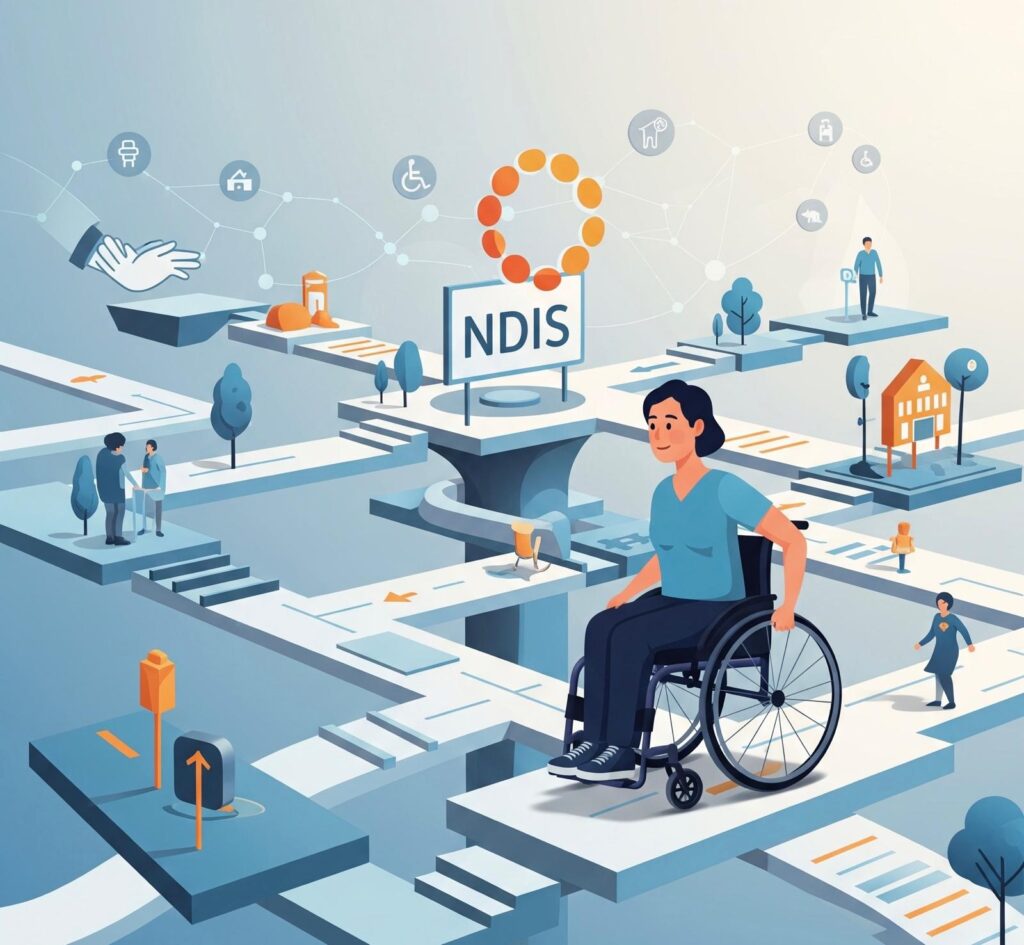Anxiety, a prevalent mental health condition characterised by feelings of worry, nervousness, or fear, is experienced universally. However, the prevalence and manifestation of anxiety can vary significantly across different cultural groups. This article explores how cultural factors influence anxiety levels, examines specific cultural groups that may experience higher levels of anxiety, and discusses the implications for mental health support and treatment.
Cultural Influence on Anxiety
Cultural Interpretation of Symptoms
Cultural norms and values significantly influence how symptoms of anxiety are perceived and expressed. For instance, in some Eastern cultures, anxiety may be more likely to be expressed physically (e.g., headaches, stomach pain) rather than psychologically due to cultural stigma associated with mental illness (Kirmayer, 2001).
Collectivism vs. Individualism
Research indicates that anxiety levels can differ between collectivist societies (e.g., Japan, China) and individualistic societies (e.g., the United States, Australia). Collectivist cultures, which emphasise group harmony and social conformity, may experience anxiety related to social approval and family expectations. In contrast, individualistic cultures often face anxiety stemming from personal achievement and independence (Hofmann et al., 2010).
Cultural Groups with Higher Levels of Anxiety
Immigrants and Refugees
Immigrants and refugees often face higher levels of anxiety, influenced by factors such as acculturation stress, discrimination, and social isolation. Studies show that immigrants from war-torn countries or those who have experienced significant cultural upheaval report higher anxiety levels (Potochnick & Perreira, 2010).
Indigenous Populations
Indigenous groups in countries like Australia, Canada, and the United States have been found to experience higher levels of anxiety. This heightened anxiety is often linked to historical traumas, ongoing discrimination, and socioeconomic disadvantages (Kirmayer et al., 2000).
Socioeconomically Disadvantaged Groups
Economic hardship and social marginalisation, often more prevalent among certain ethnic minorities, are significant predictors of anxiety. The stress associated with financial instability and limited access to health services can exacerbate anxiety symptoms (Leventhal & Brooks-Gunn, 2000).
Implications for Mental Health Support
Culturally Sensitive Treatment Approaches
Understanding cultural variations in anxiety is crucial for developing effective, culturally sensitive treatment approaches. Mental health professionals need to consider cultural beliefs about mental health and preferred coping strategies when designing treatment plans.
Community-Based Interventions
Community-based mental health programs that are culturally and linguistically appropriate can improve access to care for diverse populations. These programs can also help reduce stigma associated with mental health conditions in various cultural groups.
Policy and Healthcare Inclusion
Healthcare policies should aim to reduce disparities in mental health care access among different cultural groups. This includes training providers in cultural competence and ensuring that mental health services are equitable and inclusive.
Cultures Less Likely to Seek Treatment
East Asian Societies
In countries like Japan and South Korea, there is a strong cultural emphasis on conformity, social harmony, and family honor, which can discourage individuals from admitting to mental health struggles that could be viewed as disruptive or shameful. The concept of ‘saving face’ can prevent individuals from seeking help for anxiety or other mental disorders (Lee et al., 2007).
Middle Eastern and North African Cultures
In many parts of the Middle East and North Africa, mental health issues are often stigmatised and misunderstood, linked closely with negative stereotypes and discrimination. Cultural norms that prioritise community and family views over individual well-being can further restrict individuals from seeking treatment (Gearing et al., 2013).
Hispanic and Latino Communities
Among Hispanic and Latino populations, particularly those in immigrant communities, barriers to seeking treatment for anxiety include language differences, lack of access to culturally sensitive healthcare providers, and an emphasis on self-reliance and familial caregiving as opposed to professional help (Caplan et al., 2013).
Implications and Strategies for Improvement
Culturally Sensitive Outreach
Healthcare providers and policymakers need to develop culturally sensitive approaches that respect and incorporate traditional beliefs while educating about the benefits of professional treatment. This can include training for healthcare providers in cultural competence and the development of community-based mental health education programs.
Reducing Stigma
Community leaders, educators, and healthcare professionals must work together to reduce stigma through education and public awareness campaigns. This can help normalise mental health issues and treatment, making it more acceptable to seek help.
Improving Access
Improving access to mental health services involves not only linguistic and cultural adaptation of services but also ensuring that these services are accessible financially and geographically to underserved communities.
Conclusion
Cultural factors play a significant role in the prevalence and expression of anxiety across different groups. Recognising and addressing these differences is essential for providing effective mental health support and for designing interventions that respect cultural identities and experiences. Cultural factors significantly influence attitudes toward mental health and the likelihood of seeking treatment for anxiety. By understanding and addressing these cultural barriers, healthcare providers can better support diverse populations in accessing necessary mental health services.
References
- Hofmann, S. G., Asnaani, A., & Hinton, D. E. (2010). Cultural aspects in social anxiety and social anxiety disorder. Depression and Anxiety, 27(12), 1117-1127.
- Kirmayer, L. J. (2001). Cultural variations in the clinical presentation of depression and anxiety: Implications for diagnosis and treatment. Journal of Clinical Psychiatry, 62(Suppl 13), 22-28; discussion 29-30.
- Kirmayer, L. J., Brass, G. M., & Tait, C. L. (2000). The mental health of Aboriginal peoples: Transformations of identity and community. Canadian Journal of Psychiatry, 45(7), 607-616.
- Leventhal, T., & Brooks-Gunn, J. (2000). The neighborhoods they live in: The effects of neighborhood residence on child and adolescent outcomes. Psychological Bulletin, 126(2), 309-337.
- Potochnick, S., & Perreira, K. M. (2010). Depression and anxiety among first-generation immigrant Latino youth: Key correlates and implications for future research. The Journal of Nervous and Mental Disease, 198(7), 470-477.
- Caplan, S., Escobar, J., Paris, M., Alvidrez, J., Dixon, J. K., Desai, M. M., Scahill, L. D., & Whittemore, R. (2013). Cultural influences on causal beliefs about depression among Latino immigrants. Journal of Transcultural Nursing, 24(1), 68-77.
- Chen, F. P., Lai, G. Y., & Yang, L. (2013). Mental health care delivery and suicide risk: The role of individual patient and facility factors. American Journal of Psychiatry, 170(2), 155-160.
- Gearing, R. E., Schwalbe, C. S. J., Lee, R., & Hoagwood, K. E. (2013). The effectiveness of booster sessions in CBT treatment for child and adolescent mood and anxiety disorders. Depression and Anxiety, 30(9), 800-808.
- Lee, S., Juon, H. S., Martinez, G., Hsu, C. E., Robinson, E. S., Bawa, J., & Ma, G. X. (2007). Model minority at risk: Expressed needs of mental health by Asian American young adults. Journal of Community Health, 32(2), 74-79.
How to get in touch
If you or your patient/NDIS clients need immediate mental healthcare assistance, feel free to get in contact with us on 1800 NEAR ME – admin@therapynearme.com.au.







